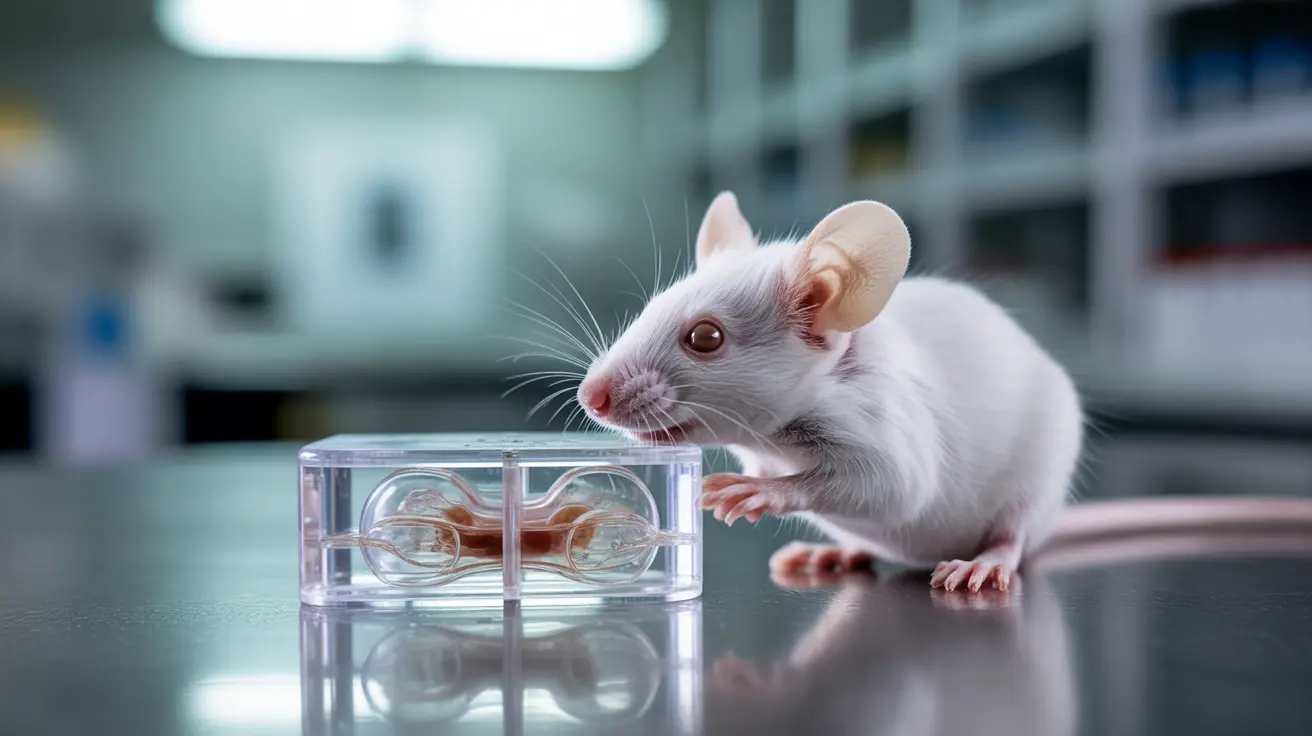Top 3 Ingredients That Should Be in Dog Food
Choosing the right ingredients for your dog’s food is critical for their health, energy, and longevity. Whether you're preparing meals at home or picking the best commercial dog food, understanding what to include at the top of the ingredient list is essential. Based on several veterinarian-approved homemade recipes, the consensus is clear: the most important components are protein, grains, and vegetables.
1. High-Quality Protein
Lean meats such as chicken and turkey form the foundation of a nutritious dog diet. Dogs are omnivores but rely heavily on proteins for muscle development, immune health, and energy.
- Chicken: Commonly used in recipes, it's a lean source of protein rich in amino acids.
- Turkey: Another excellent alternative with slightly less fat than chicken.
- Organ meat: Chicken liver and gizzards provide essential vitamins like vitamin A, iron, and zinc.
Benefits of protein:
- Supports muscle development and maintenance
- Aids in immune function
- Provides high energy levels
2. Whole Grains like Rice
Grains can be contentious in dog nutrition discussion, but when selected properly (like brown or white rice), they can serve as an important energy source and digestive aid.
- Brown Rice: High in fiber and nutrients; great for long energy release.
- White Rice: Easier to digest and ideal for dogs with sensitive stomachs.
Why include grains:
- Provide carbohydrates for sustained energy
- Support gastrointestinal health and stool consistency
- Supply magnesium, selenium, and B vitamins
3. Healthy Vegetables
Vegetables contribute fiber, antioxidants, vitamins, and minerals essential for a balanced dog diet. However, it’s vital to avoid toxic options like onions and garlic.
- Carrots: High in beta-carotene and fiber
- Spinach: Rich in iron and vitamin K
- Broccoli and Cauliflower: Provide antioxidants and detoxifying properties
- Apples (seedless): A source of vitamin C and fiber
Vegetable benefits:
- Enhance digestive health and nutrient absorption
- Boost immunity with natural antioxidants
- Support skin and coat health
Additional Recommended Additions
While the top three components are protein, grains, and vegetables, several extras can enhance the recipe’s nutritional profile:
- Dog-specific nutrient blend: Ensures intake of essential vitamins and minerals
- Omega oils: Support joint health and promote a shiny coat
- Eggshell powder: Natural calcium supplement
Sample Homemade Dog Food Combination
A healthy homemade recipe could include:
- Minced chicken or ground turkey (protein)
- Brown or white rice (grain)
- A mix of frozen or fresh carrots, spinach, and broccoli (vegetables)
- Omega oil and nutrient blend for balance
Important Dog Food Preparation Tips
- Never include garlic, onions, or apple seeds — they are toxic to dogs.
- Cook all ingredients thoroughly to ensure safe consumption.
- Cool food completely before serving or storing.
- Store leftovers in the refrigerator for up to 4 days or freeze for up to 3 months.
Conclusion
The best dog food starts with the right ingredients. Focus on
high-quality protein,
digestible grains, and
nutrient-rich vegetables to meet your dog’s dietary needs. Making dog food at home allows you full control over what your pet eats, offering a healthier and safer alternative to many commercial brands. Always consult your vet before making major dietary changes to ensure you're covering all nutritional bases.





